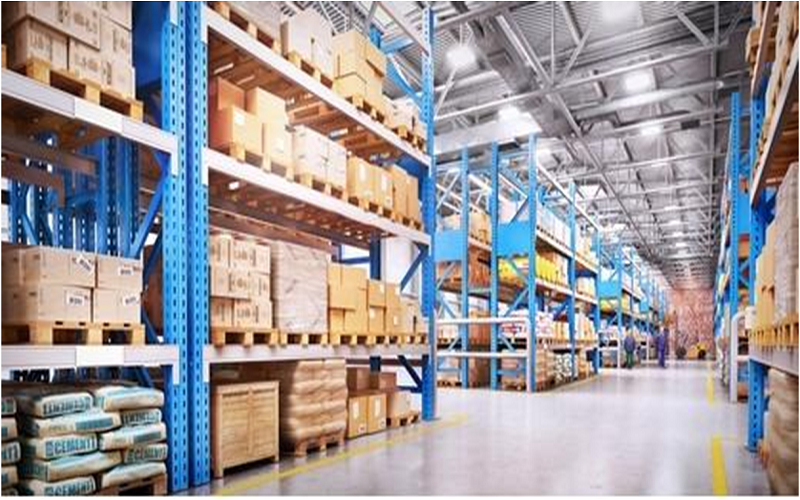When it comes to the Indian economy, it won’t be wrong to say that we are witnessing something of a renaissance in more ways than one. While it is estimated that the GDP of the country will reach somewhere around 3.5 trillion USD by the end of 2023, integrated warehousing and distribution stands to have a notable share in that. According to Mordor Intelligence, the Indian logistics and freight market stands at around 288.18 billion USD in 2023, and with an expected CAGR of 9.04%, it is expected to reach 484.43 billion USD. The essentiality of this sector in the overall economy can be understood by the fact that it contributes around 14.4% of the total value of domestic produce as of now, a number that is expected to rise further in the years to come.
The rise of digitisation.
In this day and age, extensive digitisation has gone on to become a ubiquitous part of each and every sector of the economy there is, and this has allowed for heightened levels of efficiency and productivity, and that too at rates that weren’t witnessed ever before in history.
Some of the most consequential pieces of technological integration and digitisation that we are witnessing in the world of integrated warehousing and distribution are as follows:
- Automation and robotics: In this day and age, automation and robotics are playing a major role in improving overall industrial efficacy, and the same can be witnessed in this sector as well. Automated warehouse robots, similar to the ones that Amazon has deployed across several of their warehouse floors, are helping improve operational efficiency massively.
- The use of big data analytics: Data is one of the most valuable assets that companies possess in their arsenal, and for ContractLogistics, having the requisite data regarding the operational flows and demand and supply helps optimize the processes accordingly, and to that end, big data analytics can turn out to be a major boon.
- Thorough use of GPS: The integrated warehousing and distribution industry is one that requires mobility on a gargantuan scale, and for businesses, being able to track where their shipments are, and how they must program their processes accordingly is an important functionality. The effective integration of technologies like GPS across the various nodes of the supply chain can help them access real-time data and updates, thereby helping make the overall processes that much more efficient.
Sustainability would be key.
21st-century businesses are being characterized by a constant drive towards helping attain a sustainable and climate-friendly future, and the role that the logistics industry needs to play in making that happen is quite a major one. According to Statista, 710 million metric tonnes of carbon dioxide emissions were generated by the international shipping industry, and over the years, the demand for bunker oil has only risen as well.
As the industry pivots towards a cleaner and greener future, there are several sweeping changes that can be witnessed. To reduce to total amount of carbon dioxide being generated, integrated warehousing and distribution providers taking steps like moving towards EVs for logistical requirements, adopting decarbonization measures like the use of renewable energy to power their facilities like warehouses, and so much more.
As further technological developments are integrated into integrated warehousing and distribution, its contribution to creating a sustainable future will only keep rising.
Conclusion:
To sum it all up, the way in which we approached and executed logistics has come a long way from what it used to be, and it wouldn’t be an understatement to say that integrated warehousing and distribution had a major role to play in that happening. With the effective integration of technology and fasterlogistics solution models, the rise in effectiveness and efficiency is expected to continue at an accelerated pace, something that would equate to exponential levels of growth for the overall economy in a multitude of ways.


My fascination with your creations is on par with your own. The sketch you’ve presented is tasteful, and the content you’ve authored is of a high caliber. Nevertheless, you seem uneasy about the prospect of embarking on something that could be perceived as dubious. I believe you’ll be able to resolve this concern in a timely manner.
Its like you read my mind You appear to know a lot about this like you wrote the book in it or something I think that you could do with some pics to drive the message home a little bit but instead of that this is fantastic blog An excellent read I will certainly be back